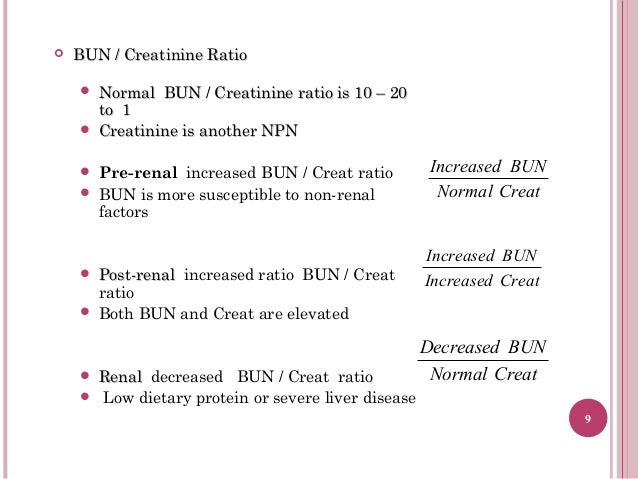

These substances include electrolytes such as sodium, potassium, chloride, bicarbonate, phosphorus, and calcium. The biochemistry profile will also measure other substances whose blood concentrations are normally regulated by the kidneys. "Severe increases in potassium may cause cardiac arrhythmias." This particular parameter becomes elevated in kidney disease before BUN and creatinine, and so is better able to detect kidney disease sooner. Unfortunately, the serum concentration of these substances does not increase significantly until approximately 75% of kidney function is already lost.Īn additional blood test for kidney function called symmetrical dimethylarginine (SDMA) is also available from some laboratories. The magnitude of increase in BUN and creatinine reflects the degree of kidney disease. Increases in BUN and creatinine may be seen with kidney disease, as well as with dehydration and other causes of reduced blood flow to the kidneys. These two substances are normally cleared from the bloodstream by the kidneys and therefore are indicators of how well the kidneys are functioning. Of most importance in the diagnosis of kidney disease are the determination of the levels of two substances, namely blood urea nitrogen (BUN) and creatinine.īUN is a waste product of protein catabolism (breakdown) and creatinine is produced as a consequence of normal muscle metabolism. Serum contains many substances including enzymes, proteins, lipids (fats), glucose (sugar) and metabolic waste products. Rarely, platelet numbers may be reduced if a clotting problem has occurred as a result of the underlying kidney disease.ī) The serum biochemistry profile requires a separate blood sample from which the serum (the liquid portion of blood) is separated from the cellular portion of blood. The white blood cell numbers may be increased if the underlying cause of the kidney disease is due to an infection or inflammation. With kidney disease, the amount of erythropoietin produced may be decreased, causing a decrease in red blood cell production.

The kidneys produce a substance called erythropoietin that is necessary for proper red blood cell production within the bone marrow. A hematology (blood) analyzer will provide your veterinarian with the total numbers of these cells, and evaluation of a blood smear will allow a look at the physical characteristics of these cells. What might these tests indicate if my pet has kidney disease?Ī) A complete blood count (CBC) involves the evaluation of the red blood cells, the white blood cells and the platelet components of a single blood sample. Generally, the following screening tests are recommended: a complete blood count (CBC), a serum biochemical profile, and a urinalysis. What tests are required for the diagnosis of kidney disease?


 0 kommentar(er)
0 kommentar(er)
